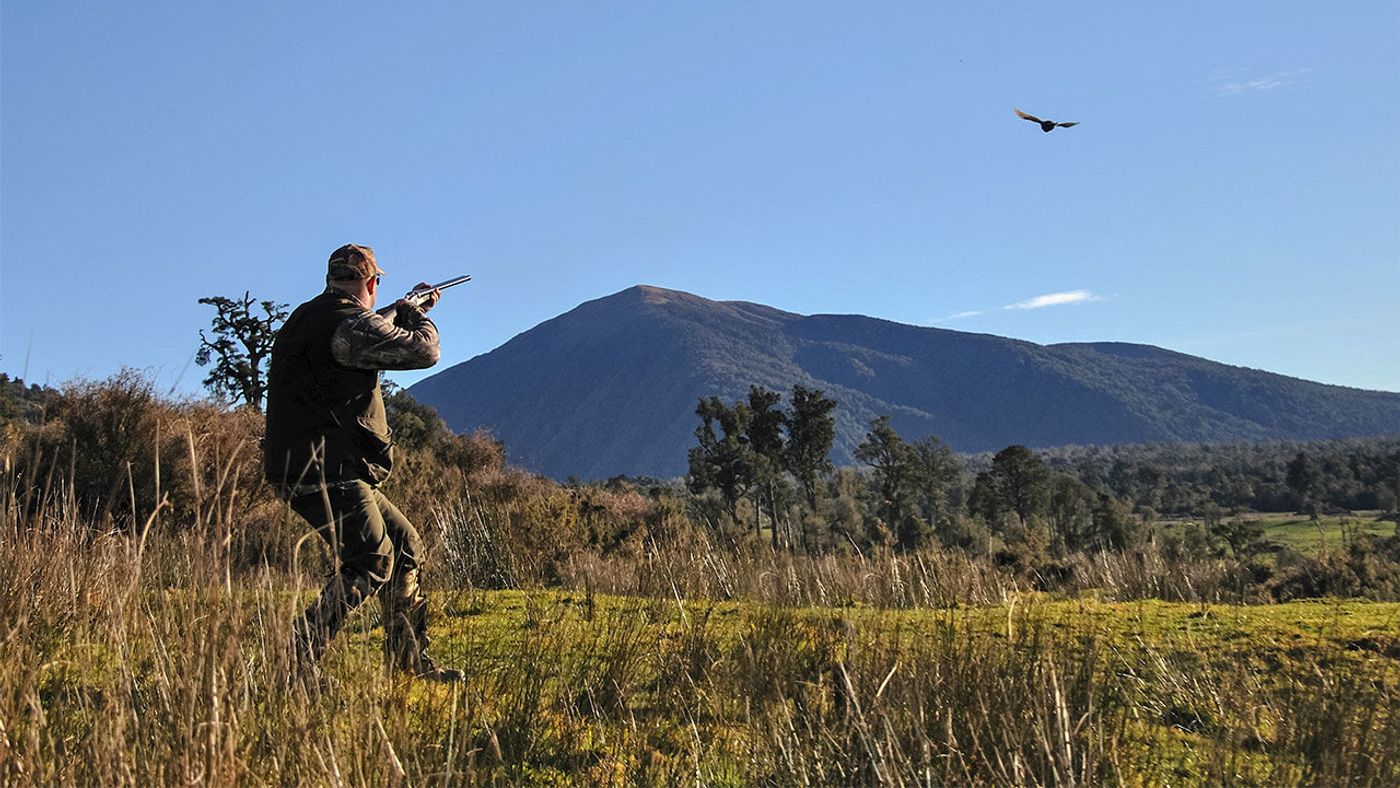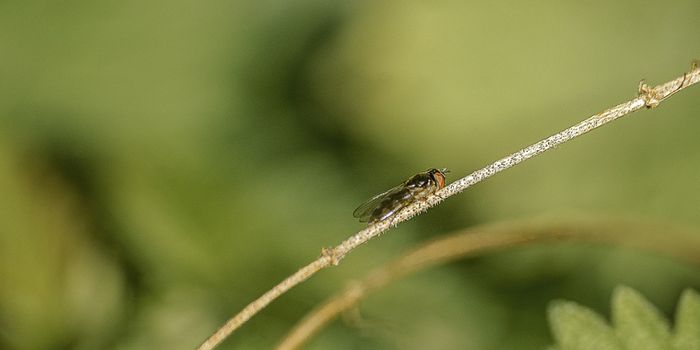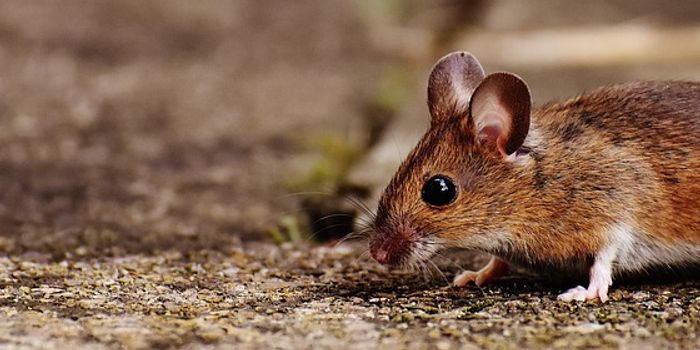Are Birds Getting Smarter Because of Hunters?
Birds are just one of the many kinds of animals that humans hunt, and it turns out that human hunting may actually be making birds smarter.

Image Credit: iStockphoto
The idea has been studied in depth by taking a look at bird hunting records from Denmark, and the results of the study have been published in the journal Biology Letters. The source of the data was clever, as Denmark requires taxidermists to keep records of their hunted.
Among the species that were examined were hooded crows, magpies, partridges, and pheasants, among others. Despite the diversity in species, the researchers who conducted the study seemed to notice one thing alike when comparing the brains of all those killed by hunters’ rifles: they were small compared to their body size.
Think about this for a moment: smarter birds are going to stay far away from known hunting zones and avoid places where they’re wide open for attack, while dimmer ones are going to go out into those zones, unknowingly or carelessly, where they’ll be attacked and likely killed by hunters.
What does that leave you with? A whole lot of dead dim birds and living smart birds. So what happens next? The smart birds all mate together, potentially producing even more smart birds as the dimmer ones are slowly expelled from existence.
What’s more is the researchers have also deduced that a bird having a larger brain reduces its chances of getting shot from hunting by up to 30 times.
It’s worth noting that it’s not always the size of the brain that makes up the intelligence of a creature, as the wrinkles of the brain are known to have a much more important effect on intelligence.
As you can imagine, there are a number of nay-sayers; not everyone is on board with the theory and the research results.
“The study is intriguing, but I will remain a bit skeptical because it is based on a comparative long-term data set and not an experiment,” says population ecologist Jesper Madsen. “To conclude that hunting selects for larger brains requires more than a correlational study.”
Nevertheless, it’s an interesting theory and it’s equally as mind boggling that the same brain size patterns span across multiple species. It brings up a lot of questions about the future of hunting and where bird intelligence is headed in the future.
Source: Science Magazine








